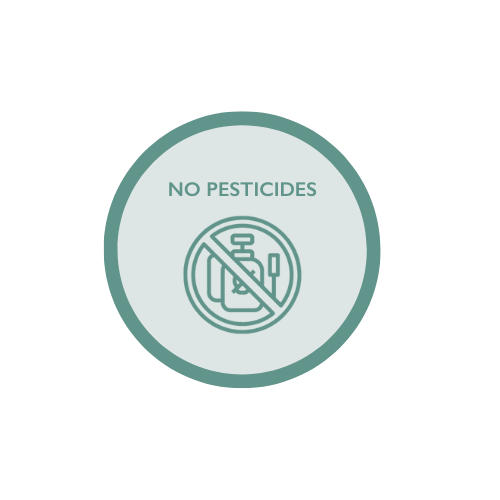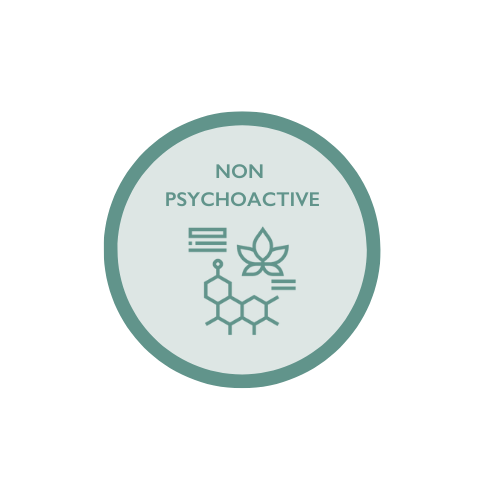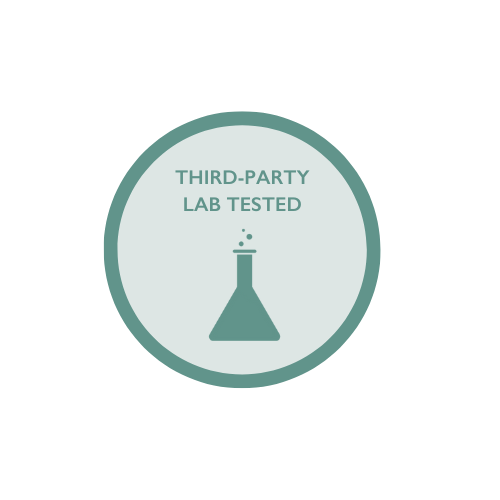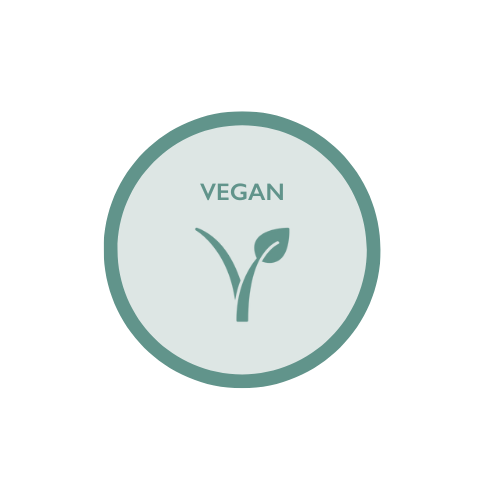Your Cart is Empty
25% Discount for 6-mo Subscriptions. Free Shipping on all orders.
CBD FOR PAIN
In truth, any Exact Nature product will help relieve the aches and pains of everyday life because it's CBD that does the work. The goal is to get CBD into your body and to let it do the rest. Any product will make it obvious why CBD has become such a popular alternative pain management option.
Exact Nature’s products all offer premium quality CBD and are a great means to get CBD into your body, which is the idea. The CBD works through the body’s endocannabinoid system to help manage your inflammation and pain.
Choose any Exact Nature Serenity or Detox product in softgel or oil form. Or combine them – more is better. Your body will thank you. CBD works best when it’s used consistently over time.
Introduction
Pain is the most common malady to afflict humankind and the major reason people seek medical care. The annual healthcare costs related to pain are over $300 billion, which is greater than the costs of heart disease, cancer, and diabetes combined.
With this, cannabis has been used to treat pain as far back as 2900 B.C. As states implement medical and recreational cannabis and CBD policies, increasing numbers of people are using cannabis pharmacotherapy for pain.
Cannabis products have been used since ancient times for such to name but a few. And modern science backs up what our ancestors knew. The recently discovered endocannabinoid system (ECS) controls inflammation – a major source of pain – as well as pain from other causes. By activating certain receptors in the ECS, cannabis can help reduce pain and inflammation.
The cannabis plant contains over 100 cannabinoids, but some of them are more well-known such as Cannabidiol (CBD) and Tetrahydrocannabinol (THC). Numerous cannabinoids are medically and therapeutically beneficial in multiple ways, but CBD stands out.
There is intriguing evidence from studies showing efficacy of cannabinoids as antinociceptive agents, which means they block painful or injurious stimulus by sensory neurons.
CBD’s role in managing severe and chronic pain deserves to be rigorously studied for its promise to control pain, but also as a healthy and natural means of helping the country minimize its opioid addiction.
How CBD Works for Pain
The human body contains a specialized system of neurotransmitters called the endocannabinoid system (ECS). The ECS is involved in regulating a variety of functions from sleep to mood to addictive cravings to pain.
The body produces endocannabinoids, neurotransmitters that bind to cannabinoid receptors throughout the ECS in your nervous system. Cannabinoids interact with receptors throughout the body, including the brain, through the pathways of the endocannabinoid system.
Studies have shown that CBD may help reduce pain and inflammation by impacting endocannabinoid receptor activity, reducing inflammation and interacting with neurotransmitters.
Pain and Inflammation
CBD is an increasingly popular and natural way to help manage pain and inflammation, earning a fervent fan base that swears by it for pain relief. Even without an extensive body of scientific literature, some doctors and patients are trying CBD for pain management based on anecdotal user's experience.
To date, CBD has been used for a remarkable array of pain and inflammation stemming from sciatic and joint pain, migraines and neuropathic pain, from fibromyalgia to many forms of arthritis, without negative side effects or psychoactive properties.
CBD can help with occasional aches and pains by reducing inflammation, relieving joint pain, helping with muscle soreness after rigorous exercise, shortening your recovery time, and helping to get your body back to its natural balance, or equilibrium.
Here’s how it works: The human body contains a specialized system of neurotransmitters called the endocannabinoid system (ECS). The ECS is involved in regulating a variety of functions from sleep to mood to addictive cravings to pain. The body produces endocannabinoids, neurotransmitters that bind to cannabinoid receptors throughout the ECS in your nervous system. Cannabinoids interact with receptors throughout the body, including the brain, through the pathways of the endocannabinoid system. Studies have shown that CBD may help reduce pain and inflammation by impacting endocannabinoid receptor activity, reducing inflammation and interacting with neurotransmitters.
Rather than using NSAIDs and other strong pain relievers, CBD with its pain-relieving properties provides a potential alternative to non-steroidal anti-inflammatory drugs (NSAIDs) while posing no health risks to users.
Inflammation is a common symptom for a wide array of illnesses. Cannabinoids have proven effective in decreasing the frequency of inflammation. Patients with arthritis, fibromyalgia, Crohn’s, and cardiovascular disease often suffer from uncomfortable inflammation. If it is acute, they may benefit from short-term treatment.
Because of CBD’s effectiveness with neuropathic and inflammatory pain, more people are seeing it as a healthy and natural alternative to pain management.
Fibromyalgia
As the ravages of the opioid epidemic lead many to avoid powerful painkillers, a significant number of people with fibromyalgia are finding an effective replacement in CBD-containing products, finds a recent University of Michigan Medicine study.
For this study, the team focused on 878 people with fibromyalgia who said they used CBD to get more insight into how they used CBD products. The UM team found that more than 70 percent of people with fibromyalgia who used CBD substituted CBD for opioids or other pain medications. Of these participants, many reported that they either decreased use or stopped taking opioids and other pain medications as a result.
Menstrual Pain
CBD can provide a potential alternative to pain relievers for menstrual pain, offering a more natural approach. CBD is believed to help reduce, relieve, and even eliminate menstrual pain such as cramping, headaches, and even prevent nausea.
A study in 2019 showed that women living with endometriosis and who took cannabidiol for pain relief found this to be effective. It helped their suffering from dysmenorrhea too and brought them to a state of calmness and relaxation.
CBD for Opioid Use Disorder
Opioid use disorder (OUD) and, in its most severe form, opioid addiction, present a major public health challenge in the States and around the world, and can be, in large parts, preventable.
There is emerging evidence suggesting CBD’s potential role in ameliorating the impact of OUD to prevent opioid misuse (as an analgesic alternative), alleviate opioid withdrawal symptoms, and decrease the likelihood of relapse.
Unlike opioids which work via the body’s pain receptors, CBD works through the endocannabinoid system (ECS) to influence pain, as well as mood and sleep. The ECS is a system of neurotransmitters that run throughout the central and peripheral nervous systems.
Working through the endocannabinoid system CBD can help modulate nerve pain, reduce inflammation and, with this, influence opioid cravings. Many patients have found that CBD helps them reduce their reliance on and taper off opioid use. The effectiveness of CBD and its lack of side effects (most of which are minor) make it an attractive option to treat opioid addiction though more research Is needed.
Notably, The U.S. Food and Drug Administration approved in January 2022 an investigational new drug application for a clinical trial to evaluate CBD as an adjunctive (i.e., supplemental) method to treat opioid use disorder.
Terpenes and the Entourage Effect
Recent studies have found that, in addition to the cannabidiol (CBD), hemp’s terpenes—the aromatic compounds that give cannabis its distinctive “skunky” smell—could lead to new ways to boost the potency of CBD as a potential effective pain reliever.
Terpenes are found in many plants and are the main component in essential oils. The terpene linalool gives lavender its distinctive floral scent, for instance, while citrus trees get their smell from the terpene limonene. Plants create terpenes to lure pollinators, such as birds and insects, and to protect themselves from predators.
Scientists at the University of Arizona Health Sciences found that terpenes, when used alone, mimic the effects of cannabinoids, including a reduction in pain sensation. In their laboratory experiments, these researchers found that all terpenes activated a cannabinoid receptor in the brain. The behavioral studies revealed the terpenes lowered pain sensitivity, reduced pain sensation, lowered body temperature, and reduced movement and catalepsy, a type of seizure related to the psychoactive effects of cannabinoids.
Researchers found the pain-relieving effects were amplified when terpenes were combined with cannabinoids creating what has now been termed the “entourage effect.” This synergistic effect helped reduce pain levels without an increase in euphoria or side effects, so the terpenes not only add aroma and flavor but boost its effectiveness.
|
How does CBD Work? CBD binds to receptors in the brain and throughout the body to help balance the endocannabinoid system (ECS), a system of neurotransmitters that run throughout the brain and body. The ECS, in turn, steadies important bodily functions like sleep, mood, pain sensation, and addictive impulses. |
|
Will CBD work for pain for me? |
|
Are Exact Nature’s CBD-based products addictive or habit forming? Not at all. These products may be just the ticket to help you with changes in mood and sleep that come in recovery. CBD is not addictive, nor is it habit forming. You could, however, get used to the positive way it makes you feel and make it part of your daily routine. |
|
Will Exact Nature’s CBD-based products get me high? No, they will not. There’s zero possibility Exact Nature products will get you high. Exact Nature's Detox and Zzzs products do not contain THC, and our Serenity products contain no more than 0.3% THC, a non-intoxicating amount. There are no other intoxicants are in these products. |
|
Are Exact Nature products safe for recovering addicts?
Yes, Exact Nature products, and CBD generally, are safe for people in addiction recovery. They are non-addictive and non-intoxicating. The THC, like the motivation for using unhelpful substances, has been removed. |




